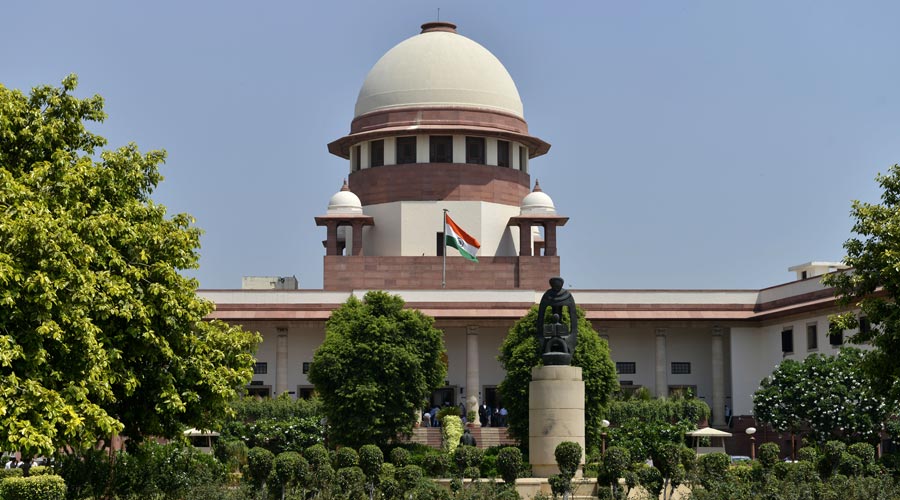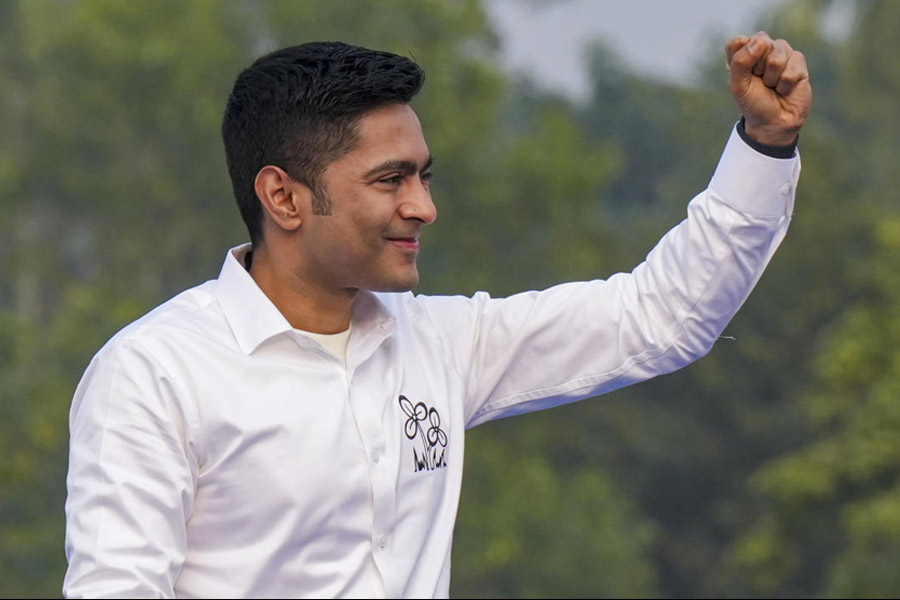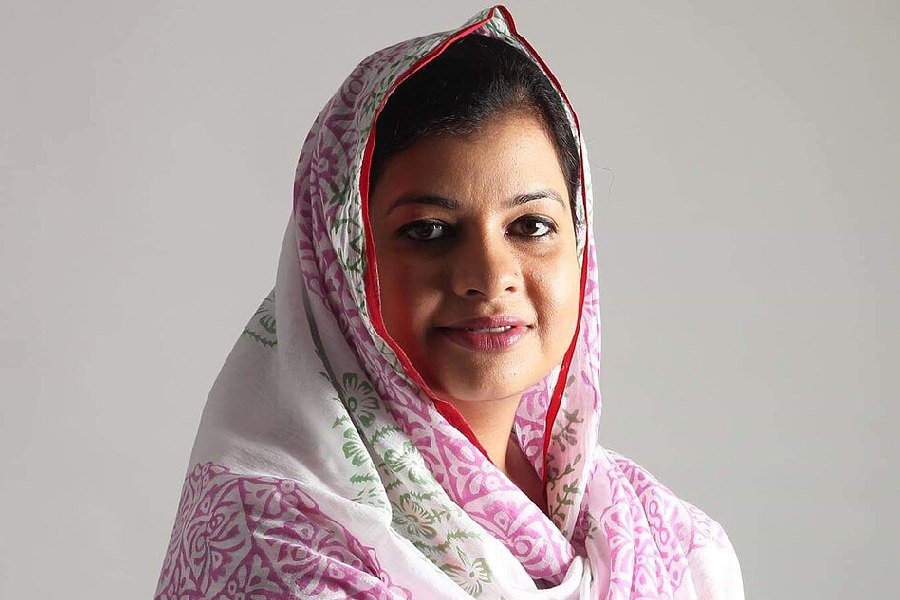In 1869, the United States of America’s Senate rejected the nominee of President Ulysses Grant, Ebenezer R. Hoar, for a seat on the Supreme Court. Hoar had strongly opposed patronage appointments, the uncodified system by which appointments to several public offices were made purely on the basis of patronage by a senator. As attorney-general, Hoar had challenged these senators and insisted on merit appointments. When it was his turn to be appointed to the Supreme Court, the senators exacted their revenge.
In 2022, in the eighth decade of the Indian republic, Akil Kureshi retired as chief justice of the Rajasthan High Court. Kureshi had been a fine judge of the Gujarat High Court for 14 years and in the ordinary course could have expected an appointment to the Supreme Court to end his judicial career. Instead, he was first transferred to the Bombay High Court, then proposed to be sent to Madhya Pradesh as chief justice, ended up in Tripura and, finally, retired from Rajasthan.
Unlike the US, where the reasons for rejecting a nominee to the Supreme Court are clear, in India one can only speculate. Most commentators have suggested that a 2010 judgment handing over custody of Amit Shah to the Central Bureau of Investigation may have definitively stalled Kureshi’s career prospects. If this is indeed true, Kureshi and Hoar, despite being a century and a half apart, would be united in having crossed swords with their respective elected representatives to their personal detriment.
But that is where the similarity ends. Appointment of judges to the US Supreme Court is an overtly political process. This is not because the US wants politically partisan judges. It is rather because as a system it values transparency — the citizen knows what the political affiliations of judges are before they are appointed. This, combined with guaranteed life tenure, is meant to ensure both transparency in appointment and independence in judicial action. By and large this system works well. That Hoar wasn’t appointed was an abomination — but it was one for which patronage-loving senators could be held publicly accountable. Indeed they were, with the patronage system coming to an end a few years later.
On the contrary, in India, the key role in appointment and transfer of judges is played by the collegium of senior-most judges of the Supreme Court itself, headed by the Chief Justice of India. Each time Kureshi was transferred, it was done, in law, with the concurrence of the collegium, if not at its prodding. Each of these transfers could have been prevented, if the collegium so wished. It could also have made a recommendation to appoint Kureshi to the Supreme Court, which, if reiterated, the government was duty-bound to accept. It did none of these things. The collegium waited for one of its members, Rohinton Nariman, rumoured to have stood up for Kureshi, to retire before transferring him to the Rajasthan High Court.
In this saga lies a cautionary tale. Governments are entitled to select or reject persons based on political calculations. They are also accountable for such choices. But judges cannot be, and cannot be seen to be, playing ball with such political decision-making. That makes them complicit at best, and political actors at worst. In Kureshi’s non-appointment, the unfortunate reality is that the government can legitimately pass the buck to the courts. The court cannot evade responsibility by looking elsewhere.
The collegium’s failure to recommend Kureshi to the Supreme Court and, instead, transfer him here and there has resulted in the country losing the services of a fine judge. Take one example of Kureshi’s subtle and wise adjudicatory skills — Goolrokh Gupta approached the Gujarat High Court claiming that the Valsad Parsi Anjuman Trust did not permit Parsi women who had married outside the religion to enter the fire temple. By virtue of having married a Hindu, neither she nor her children, would henceforth be considered Zoroastrian. Kureshi, in a concurring opinion, very meticulously parsed the arguments. He accepted Goolrokh’s claim that the Special Marriage Act, which governs inter-religious marriages, expressly ensures that each partner can continue adhering to his/her respective religions. Goolrokh would not cease to be a Zoroastrian by marrying outside her religion. However, judicial propriety demanded that Parsi custom on entry to religious places is reformed from within the religion itself. Kureshi was clear that it would not be susceptible to the writ jurisdiction of the high court.
While this may have disappointed many liberal-minded lawyers, the question is not the correctness of the decision — it is the ability to express sympathy with a hurt claimant while maintaining the discipline of the judicial institution. Too often in India judges get carried away at the sight of wronged litigants and pass orders that are well beyond judicial competence. This only leads to an appearance of justice, without any actual relief. Kureshi is a rare example of a judge who did not fall into this trap. By holding that sustainable religious reform cannot be imposed by judges, he epitomized judicial discipline of a kind that has become altogether rare in the Indian higher judiciary. Especially in light of the Supreme Court’s misadventure in the Sabarimala case, it is clear that judicial deference and patience are the keys to sustainable religious reform, not hyperactivity and sentiment. The collegium was well-placed to recognize these virtues in Kureshi. Yet it chose not to.
One hundred and fifty three years after Hoar’s failed nomination to the Supreme Court, President Joe Biden nominated Ketanji Brown Jackson to one of the seats on the court. If confirmed, Jackson would become the first black woman judge on the Supreme Court. This is a testament to how a system that is politically accountable can make amends for its own mistakes and reflect the changing mood of the country. Had Kureshi been rejected by the government alone, that act, too, would have reflected the current mood in India. It would still have been a loss, but the national mood would have changed over time. That it was the collegium of judges which failed to recommend Kureshi to the Supreme Court signals something far more ominous — a dysfunctional system that is answerable to no one but itself. No self-respecting democracy should tolerate such opacity.
Arghya Sengupta is Research Director, Vidhi Centre for Legal Policy.
Views are personal.










